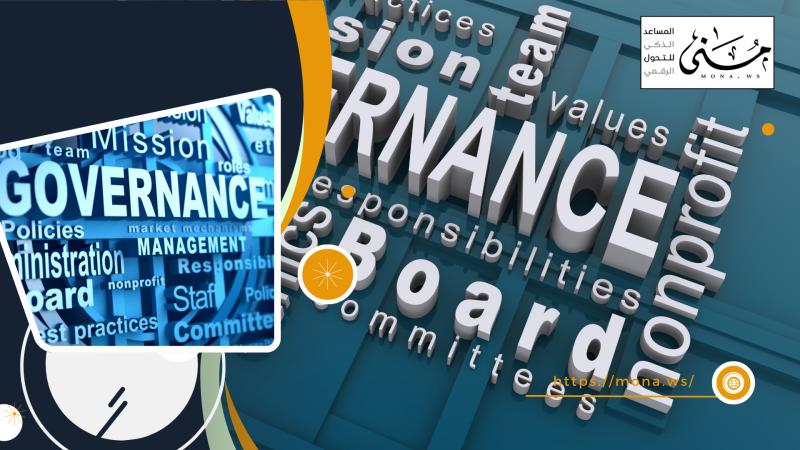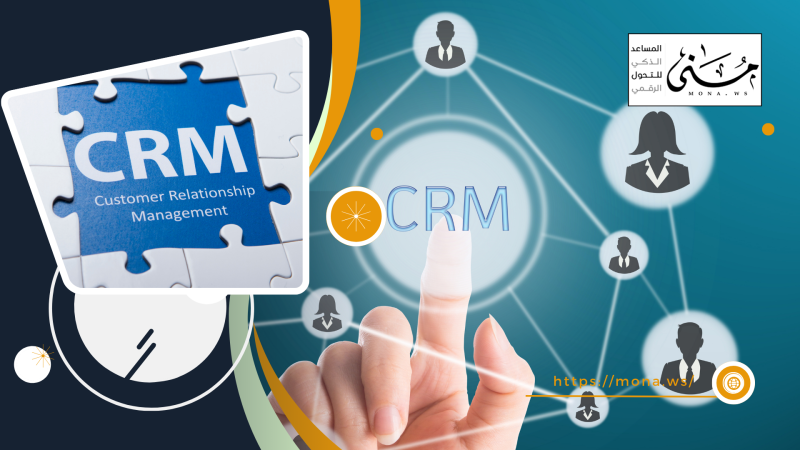In the digital age, where organizational efficiency is measured by how quickly information can be accessed, electronic archiving is no longer a mere technical step — it’s the cornerstone of any successful digitization project.
Many organizations rush to develop their systems, automate operations, or invest in artificial intelligence, yet they overlook the most vital component: the content managed daily — documents, correspondence, contracts, and records.
Without effective digital management of these knowledge assets, all digital transformation efforts remain incomplete and at risk of failure. So how does electronic archiving make a fundamental difference? And what is the difference between haphazard file storage and a comprehensive document management system that supports integration, classification, and intelligent search?
Why Is Electronic Archiving a Strategic Priority?
In rapidly evolving business environments, it is no longer acceptable for institutions to rely on paper documents or random storage systems. Electronic archiving is no longer an “optional feature” — it has become a strategic necessity due to the need for flexibility, speed, and compliance. Here’s why:
1. Boosting Operational Efficiency
When employees spend minutes or even hours locating a specific document in paper files or disorganized digital folders, the organization wastes valuable time that accumulates over days and weeks.
Electronic archiving enables:
-
Instant document access through intelligent search.
-
Automatic content classification to avoid clutter.
-
Reduced dependence on individuals who understand manual filing structures.
The result? Teams work faster and more efficiently, which enhances service quality and institutional decision-making.
2. Reducing Operational Costs
Traditional archiving quietly drains budgets.
Hidden costs include:
-
Renting or outfitting rooms and shelves for file storage.
-
Printing, copying, and ink supplies.
-
Time lost rearranging files or recovering from document damage or loss.
Digital archiving can gradually reduce these costs, allowing resources to be invested in higher-impact priorities.
3. Enhancing Document and Information Security
Sensitive information requires high levels of protection — difficult to ensure in paper-based environments.
Electronic archiving provides:
-
Full permission control based on job roles.
-
Audit trails for every access or modification.
-
Content encryption, backup, and disaster recovery options.
Thus, documents become secure, manageable assets rather than liabilities.
4. Ensuring Regulatory Compliance
Modern regulations in many sectors impose strict documentation and record-keeping standards.
Electronic archiving supports organizations by:
-
Tracking document lifecycles from creation to archiving or deletion.
-
Enforcing retention periods per document type.
-
Providing reliable evidence during audits or legal disputes.
This ensures not only better organization, but also legal protection.
Bottom Line:
Electronic archiving isn’t just about replacing paper files with digital versions — it represents a qualitative shift in how knowledge and information are managed within an organization. It paves the way for all future digital initiatives — from automation and AI to global expansion.
Storage vs. Document Management: What Organizations Often Overlook
Many organizations believe they are “archiving electronically” simply by saving files in computer folders or the cloud. In reality, they’re performing basic digital storage, far from true enterprise content management (ECM).
The difference is not just technical jargon — it’s the gap between chaos and order, between inefficiency and productivity.
1. Traditional Storage – Storing Without Management
In traditional storage, documents are treated as static files (PDFs or images) with no metadata for classification or search. They are stored in fixed folders relying on manual structures known only to the creator, making retrieval difficult without prior knowledge. These documents remain disconnected from daily workflows and offer no audit capabilities — meaning no way to track changes or identify who modified or deleted a file.
Such storage might suffice in a company’s early days, but it falls short of governance standards and digital transformation goals.
2. Document Management – A Smart, Comprehensive Ecosystem
Modern document management systems, like DocSuite ECM, elevate an organization’s control and processing capabilities, integrating documents as active elements of business workflows.
| Aspect | Traditional Storage | Modern Document Management |
|---|---|---|
| Methodology | File saving in folders | Full document lifecycle management |
| Access | Manual via filenames | Intelligent search by content, metadata, tags |
| Edits | No change tracking | Complete versioning and audit logs |
| Cross-departmental use | Limited and complex | Dynamic sharing and instant collaboration |
| Compliance and audit | No accountability | Transparent logs and audit compliance |
| System Integration | Usually not possible | Integrates with ERP, CRM, email, etc. |
Practical Impact
In traditional storage, retrieving an old contract version might require digging through dozens of folders with unclear names. In a document management system, simply typing the contract name or reference number instantly reveals all versions, changes, approvals, and comments — in a unified interface.
This doesn’t just boost productivity — it builds trust and transparency in enterprise content management.
How ECM Systems Empower Smart Archiving
Can digital transformation occur without a solid foundation?
Many organizations assume that adopting a resource management system or communication tools is enough to qualify as “digitally transformed.” But the real question is:
Where is your data stored, and how are your documents managed?
Electronic archiving is not a regulatory formality — it’s the most critical first step in any digital transformation journey.
With solutions like DocSuite ECM, smart electronic archiving becomes a strategic advantage:
● Automatic File Classification
DocSuite analyzes document content, source, and type to auto-classify it into the correct category — no manual input required. This ensures consistent and accurate classification across the organization.
● Intelligent, Organization-Wide Search
Unlike traditional systems that only search file names, DocSuite searches within document content — including notes and comments — using keywords, dates, or associated parties. This speeds up information access and supports data-driven decisions.
● Dynamic Linking Across Departments and Files
DocSuite links related documents across departments. For example, a contract can be automatically connected to sales correspondence, purchase requests, and finance reports — providing full business context and eliminating duplication.
● Advanced Permission Management
Organizations can define who can view, edit, or delete each document based on role and security level. Every access or change is logged in an audit trail, enhancing security and ensuring transparency.
● Unified Archiving Platform
DocSuite consolidates all types of institutional documents — contracts, emails, forms, reports — in one central platform. This streamlines document management, improves user experience, and prevents file loss or duplication.
● Digitizing Paper with OCR Integration
Thanks to OCR (Optical Character Recognition) integration, DocSuite can scan and convert paper documents into searchable, classified digital content. This supports full-scale digitization and reduces reliance on physical archives.
Summary: Can an Organization Achieve Real Digital Transformation Without Effective Archiving?
Simply put: No.
This article showed that electronic archiving is not just a way to store files — it is the foundation upon which every digital advancement is built. Organizations that do not adopt intelligent archiving systems waste time and resources and weaken their competitive edge. On the other hand, those using systems like DocSuite ECM gain:
-
Higher operational efficiency with smart search and auto-classification
-
Stronger document control via permissions and audit logs
-
True enterprise integration through document-department linking
-
Better compliance by tracking document lifecycles
The difference between storing files and managing documents is the difference between chaos and control, manual work and smart operations.
So if your organization genuinely seeks digital transformation, start where knowledge begins: with the document, and its smart, integrated archiving.
Are You Waiting for the Right Moment to Start Your Digital Transformation?
That moment is now.
The first step begins where knowledge is born daily: in your documents.
Electronic archiving is not a luxury — it’s the real starting point for any organization aiming for speed, precision, and efficiency. It opens the doors to automation, AI, and enterprise-wide integration. Without it, every digital effort is at risk of delay, confusion, or missed opportunity.
Think about it:
What could your organization achieve if information were instantly accessible?
If documents were secure, analyzable, and integrated into every operation?
What’s stopping you from building a smart archive that manages — not hides — your knowledge?









Comments
Add New Comment